A star is a aster like the Sun, it shines through nuclear reactions that occur in the center. In our Milky Way, he was born an average of four or five stars each year.
The star-forming young stars are often called.
Molecular clouds are composed of interstellar dust wandering, left during the formation of the galaxy.
The main mater of interstellar clouds, is hydrogen, is the main constituent of stars. All the stars are considerably farther from Earth than the Sun. The nearest star, Proxima Centauri, is located about 4 light years of the solar system, nearly 250 000 times further away than the Sun. European Herschel space telescope has produced a beautiful image of the star Fomalhaut. This young star in the constellation of the Southern Fish is surrounded by a disk of interplanetary dust, visible on the infrared image.
The Herschel space telescope in orbit 1.5 million km from Earth, observed the star Fomalhaut in the wavelengths of the infrared between 780 nm and 1000 microns. This young blue star, located only 25.1 light-year is younger than 250 million years. It is eighteen times more luminous than our star, the Sun. The image of the Solar System Fomalhaut was taken at 850 microns wavelength by Alma. | | This image of unprecedented accuracy is within a wavelength greater, it shows much more detail of the protoplanetary disk. As the star Fomalhaut is very young (250 million years), we still see no planets orbit in the ring around the star. Moreover, this ring is more like a torus than a disk, it is wide enough (about two billion kilometers), to lodge one or two planets.
NB: Visible light is only a small range of electromagnetic vibrations found in the electromagnetic spectrum.
The infrared waves are wavelength located between the microwave and visible waves. Below the red, the wavelength of the infrared range between 780 nm and 1000 microns. | | 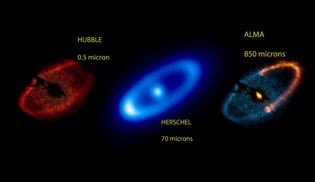 Image: On April 12, 2012, the interferometer International Alma, after Hubble and Herschel observed the fascinating star Fomalhaut. The infrared image of the Herschel space telescope was taken in the 70 micron wavelength, Hubble has captured in the range of 0.5 microns and Alma in the range of 850 microns. It shows a beautiful disk of fifty billion kilometers, rotating around the star Fomalhaut, aged 250 million years. |



 Automatic translation
Automatic translation
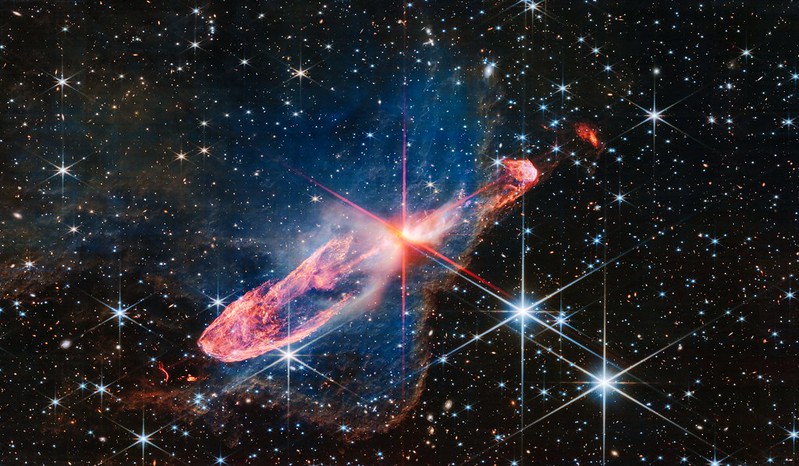 The life of the stars: From the collapse of the nebula to the cataclysmic explosion
The life of the stars: From the collapse of the nebula to the cataclysmic explosion
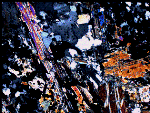 The paradox of the young Sun
The paradox of the young Sun
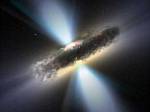 Black hole, massive star residue
Black hole, massive star residue
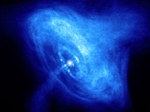 Neutron Star
Neutron Star
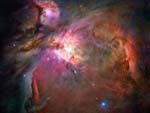 Blue and red giants
Blue and red giants
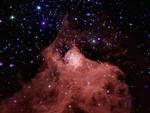 He is born four or five stars every year
He is born four or five stars every year
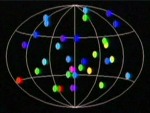 The mystery of gamma-ray bursts
The mystery of gamma-ray bursts
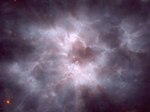 The white dwarfs
The white dwarfs
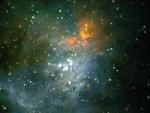 The brown dwarfs
The brown dwarfs
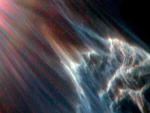 Stellar Winds of the Merope Nebula
Stellar Winds of the Merope Nebula
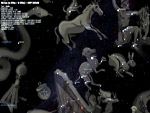 Bright Stars Sirius
Bright Stars Sirius
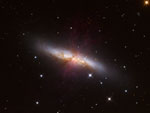 The Cigar Explosion
The Cigar Explosion
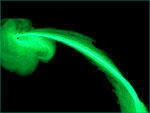 Escape velocity of small objects from black holes
Escape velocity of small objects from black holes
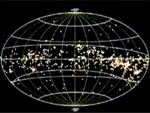 Gould's belt, a stellar firework
Gould's belt, a stellar firework
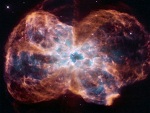 The death of stars as seen by hubble
The death of stars as seen by hubble
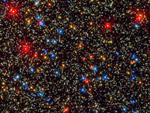 Blue, white, yellow, orange stars
Blue, white, yellow, orange stars
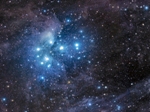 The 500 stars of the Pleiades
The 500 stars of the Pleiades
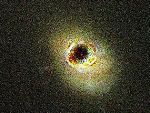 In search of black holes
In search of black holes
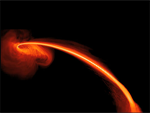 More details about Fomalhaut
More details about Fomalhaut
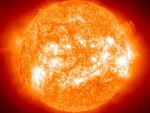 The yellow dwarfs
The yellow dwarfs
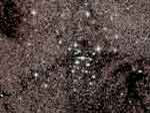 Thousands of stars bound by gravity
Thousands of stars bound by gravity
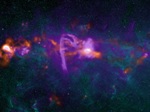 Sagittarius A, our black hole in 2013
Sagittarius A, our black hole in 2013
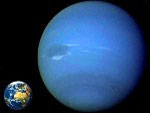 Comparative sizes of planets and stars
Comparative sizes of planets and stars
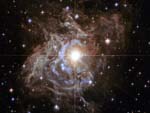 What is a Cepheid?
What is a Cepheid?
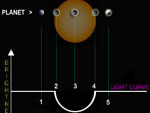 Turn off the stars to see exoplanets
Turn off the stars to see exoplanets
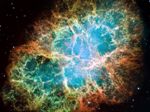 Supernovae or the death of a star
Supernovae or the death of a star
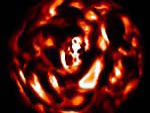 Most detailed image of Betelgeuse
Most detailed image of Betelgeuse
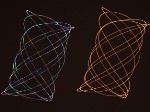 Star or Planet
Star or Planet
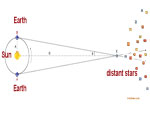 How to calculate the distance of stars?
How to calculate the distance of stars?
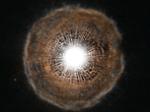 U Cam, a star at the end of its life
U Cam, a star at the end of its life
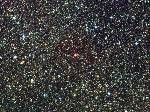 The red dwarfs
The red dwarfs
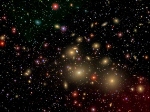 A gigantic black hole
A gigantic black hole
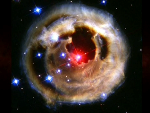 Live explosion seen by Hubble
Live explosion seen by Hubble
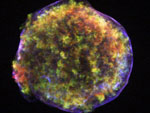 Stars near Alpha Centauri
Stars near Alpha Centauri
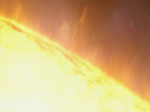 The Power of the Sun
The Power of the Sun
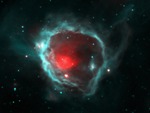 Coatlicue, the star at the origin of our Sun
Coatlicue, the star at the origin of our Sun